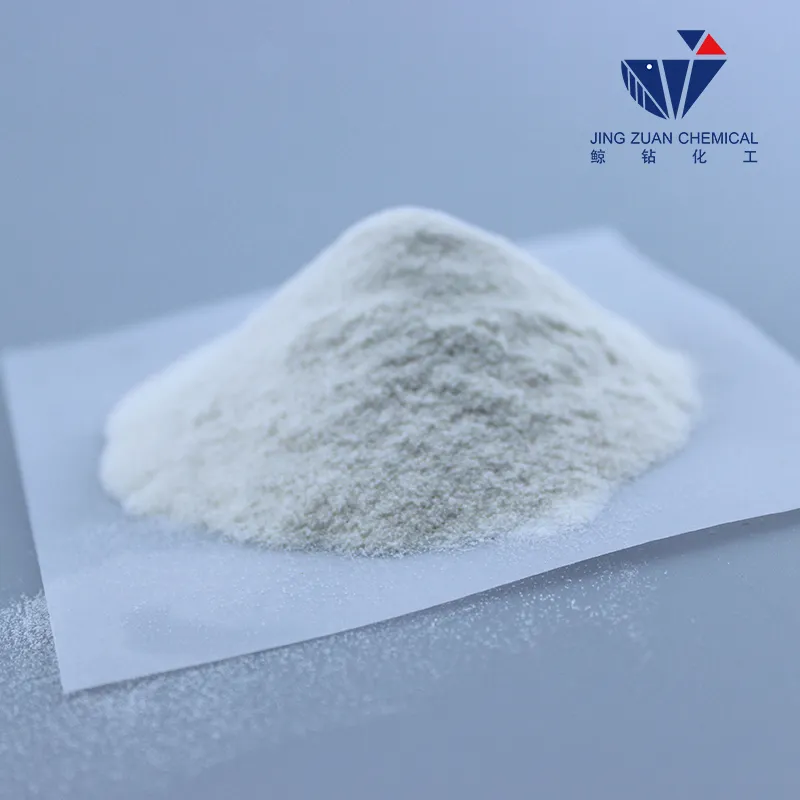
Dez . 07, 2024 17:19 Back to list
hydroxypropyl methyl cellulose side effects
Understanding the Side Effects of Hydroxypropyl Methylcellulose
Hydroxypropyl Methylcellulose (HPMC) is a non-ionic, water-soluble polymer derived from cellulose. It is widely used in various industries, including pharmaceuticals, food, and cosmetics, due to its ability to form gels, control viscosity, and stabilize emulsions. While HPMC is generally considered safe, understanding its potential side effects is crucial for users, especially those who may have sensitivities or underlying health conditions.
What is Hydroxypropyl Methylcellulose?
HPMC is a derivative of cellulose, an abundant natural polymer. In medications, it serves various functions including acting as a filler, binder, and disintegrant in tablet formulations. In the food industry, it is utilized as a thickening agent and stabilizer. Additionally, in cosmetic products, HPMC helps in delivering active ingredients and enhancing product texture.
Common Uses of HPMC
1. Pharmaceuticals HPMC is often found in oral drugs, where it aids in the controlled release of active ingredients. It's also used in eye drops, where it acts as a lubricant. 2. Food Industry Used as an emulsifier and thickening agent, HPMC can be found in products such as sauces, dressings, and baked goods. 3. Cosmetics and Personal Care It enhances the texture and stability of creams, lotions, and gels, making them more appealing to consumers.
Potential Side Effects of HPMC
Although HPMC is generally recognized as safe by various health authorities, users should be aware of several potential side effects
hydroxypropyl methyl cellulose side effects

1. Allergic Reactions Some individuals may experience allergic reactions to HPMC. Symptoms may include skin rashes, itching, or swelling. In severe cases, anaphylaxis could occur, which requires immediate medical attention.
2. Gastrointestinal Disturbances As a form of cellulose, HPMC is not digestible and may lead to gastrointestinal discomfort in some individuals. This can include bloating, gas, and even diarrhea. People with sensitive digestive systems or pre-existing gastrointestinal disorders should approach the consumption of HPMC-containing products with caution.
3. Eye Irritation In pharmaceutical applications for eye drops, while HPMC is intended to lubricate the eyes, there is a possibility of irritation, especially in sensitive individuals. Symptoms may include redness, discomfort, or a burning sensation.
4. Interference with Absorption HPMC may affect the bioavailability of certain medications. It can hinder the absorption of nutrients and drugs if taken in large quantities, thereby reducing their effectiveness. This could be particularly concerning for patients relying on specific medications for chronic conditions.
5. Respiratory Issues Inhalation of HPMC dust, typically during manufacturing processes, may pose risks to respiratory health. Symptoms of exposure may include coughing or difficulty breathing. Hence, proper ventilation and use of masks are recommended in industrial settings.
Conclusion
Hydroxypropyl Methylcellulose is a versatile compound utilized across various industries. While it is generally safe for the majority of consumers, it is essential to be aware of the potential side effects associated with its use. Individuals with known allergies, gastrointestinal sensitivities, or those using medications requiring precise absorption should consult healthcare professionals before using products that contain HPMC.
Always read labels and, when in doubt, seek advice from a qualified professional to mitigate any risks linked to HPMC. Awareness and caution are key to safely enjoying the benefits of this widely used compound while minimizing the potential for adverse effects.
-
Unlocking the Benefits of HPMC Products: A Gateway to Versatile Applications
NewsAug.07,2025
-
Unleashing the Potential of HPMC Ashland: A Comprehensive Look
NewsAug.07,2025
-
Tile Bonding Cellulose: The Key to Superior Adhesion and Durability
NewsAug.07,2025
-
Hydroxypropyl Methylcellulose Powder: The Versatile Component in Modern Pharmaceuticals
NewsAug.07,2025
-
Hydroxyethyl Cellulose: The Versatile Solution for Various Industries
NewsAug.07,2025
-
Hydroxyethyl Cellulose (HEC): The Versatile Polymer for Various Applications
NewsAug.07,2025







